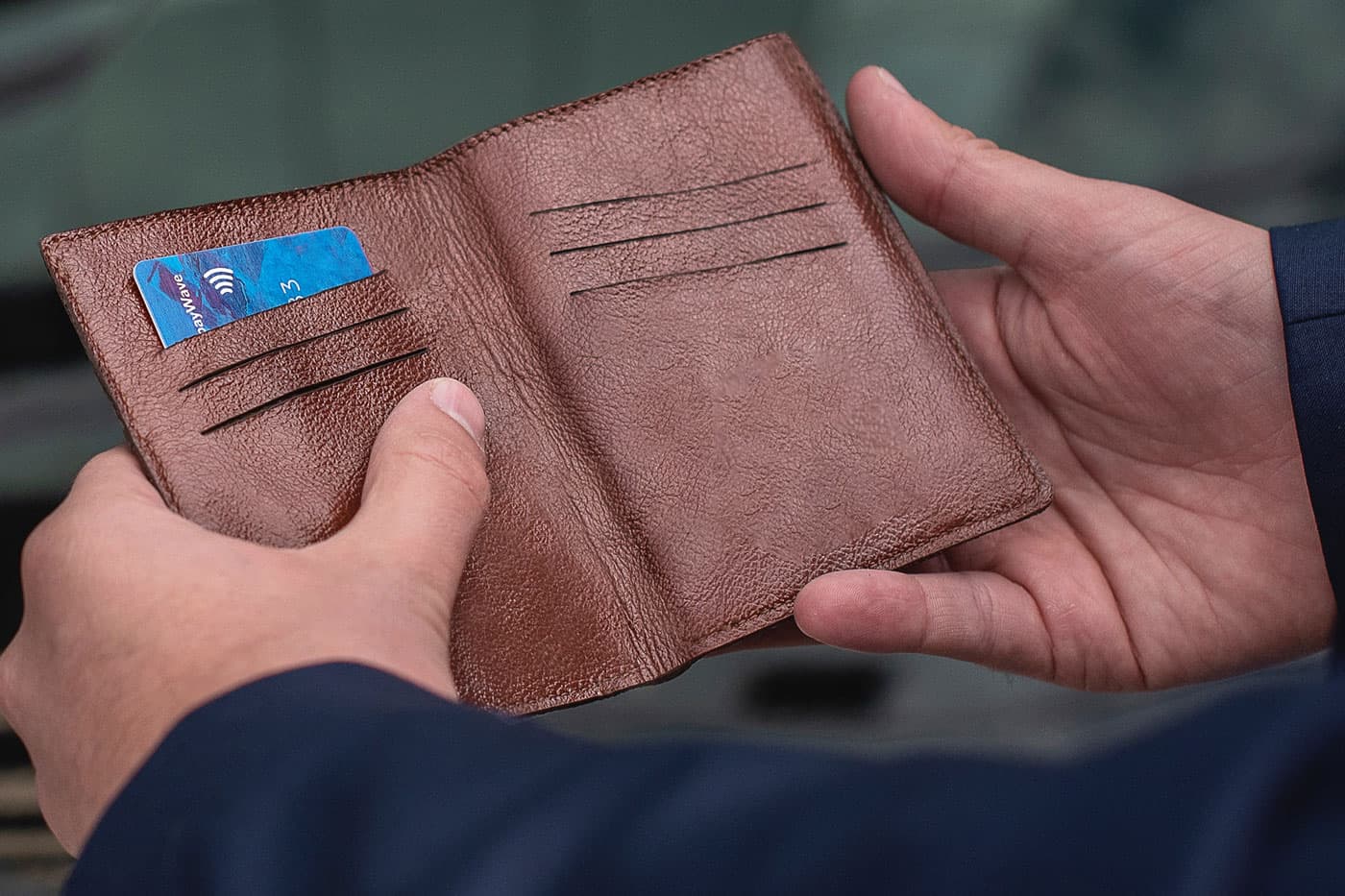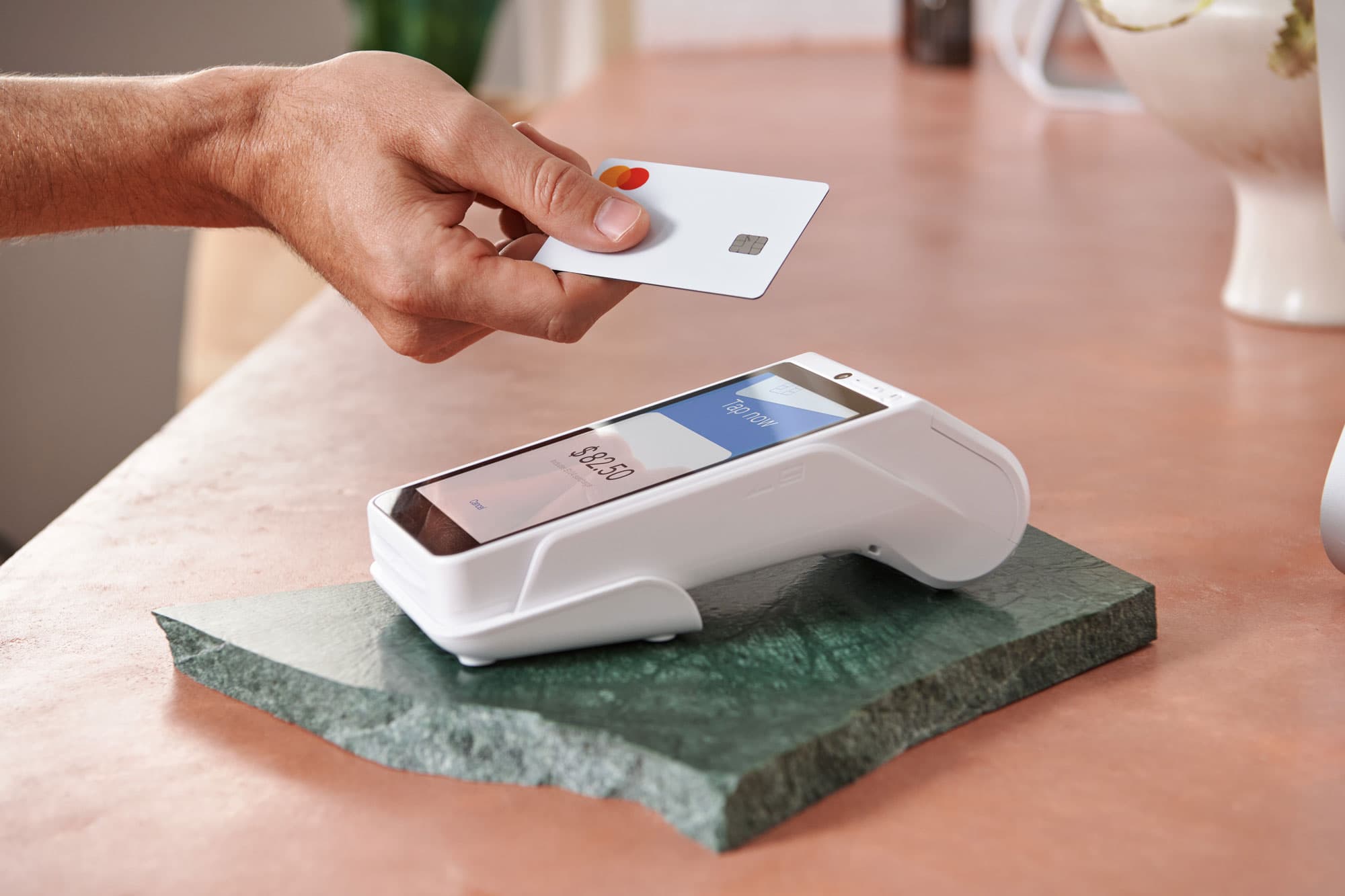
- Business Growth & Optimisation
7 Types of Not-for-Profit Fundraising
Discover the different types of funding that fuel nonprofits.
Fundraising is the lifeblood of a charitable organisation. Not only does it provide crucial funds to ensure your organisation can continue to operate, but it also serves as a way to raise awareness for that cause. However, fundraising is a big undertaking.
Raising money can be burdensome, yet it doesn’t need to be. This guide will explain the legalities of nonprofit fundraising, as well as seven types of nonprofit fundraising to explore. Share it with your volunteers to avoid fundraising pitfalls and create a sustainable organisation with the means to fulfill its cause.
What is nonprofit fundraising?
Nonprofit fundraising is the process of collecting money to support a nonprofit or charitable organisation. Contributions can come from individuals, businesses, and foundations, and it’s often the main source of revenue for these organisations.
Many nonprofits and charitable organisations dedicate valuable resources to fundraising. That’s why it’s so important to fundraise in the most efficient and effective way possible. Nonprofits can fundraise through a variety of methods, both digital and traditional. The more diverse fundraising opportunities your nonprofit organisation embraces, the more likely you are to receive donations from a wide group of people.
As you read about seven types of fundraising and the different ways to raise money in each category, keep in mind that fundraising isn’t a ‘this or that’ effort. Consider combining methods, and opt for a multi-channel fundraising approach to diversify your method so donors have multiple ways to contribute.
Before you implement any of the below ideas, make sure you’re aware of your organisation’s obligations under the Australian Consumer Law.
Fundraising legalities in Australia
Your organisation will likely have obligations under the ACL if your fundraising efforts are classified as being “in trade or commerce”. In short, that means:
your organisation engages in a fundraising activity involving the supply of goods or services;
you are a for-profit professional fundraiser; or
you are fundraising in an “organised, continuous and repetitive way”.
Simply put, consumer guarantees apply to every organisation that sells goods or services to customers — including those that exchange those goods or services for charitable offerings, such as donations. If your organisation does any of the above, it must not:
engage in misleading or deceptive conduct or unconscionable conduct;
make false or misleading representations or engage in unconscionable conduct in relation to the supply of goods or services.
7 types of not-for-profit fundraising
To survive and prosper in a fast-changing world, a not-for-profit organisation should develop a fundraising plan that incorporates as many of the seven pillars of fundraising as possible.
Events
Grants
Crowdfunding
Donations
Membership
Sales
Sponsorship
The trick is to diversify your fundraising attempts in a creative way, that works for your organisation and appeals to your target donor demographic. For example, if your organisation is running a trivia night, you might raise more funds by auctioning off the option to ‘Phone a Friend’ or skip a question — as well as by conducting a raffle, or selling food and drinks. You could also attach a donation form to every answer sheet, together with information on how people can become members.
Read more about each of the pillars below, and explore which are feasible and profitable for your organisation.
Events
Events are a popular way for not-for-profit organisations to raise both money and awareness.
When it comes to event fundraising, consider your demographic. What sort of event would they like to attend? A bake sale, rummage sale, concert, picnic, or evening of entertainment — the options are endless. The success of your event hinges on your attendees; you’ll find it easier to sell tickets if it’s a natural fit.
Typically, event guests will purchase a ticket to reserve their spot. At the event, there are multiple other ways to raise additional funds — such as through games and ticket drawings, silent auctions, and other activities. All you have to do is rent an EFTPOS terminal, and you can accept payment from any venue.
Events can also be peer-to-peer fundraising method, meaning your supporters actually raise money on your behalf. This takes the pressure off your organisation’s volunteers. A charity dinner where supporters buy a table and invite their friends is an example, as is a charity fun run where runners are encouraged to raise funds in the lead-up to the big event.
Grants
Grants are an important source of funds for many not for-profit organisations.
Every year, various local, state and federal governments — as well as a number of philanthropic, community and corporate trusts and foundations — provide billions of dollars in grants. The trick is in writing a winning grant application.
Start by creating a shortlist of grants that fit within your organisation’s aims. Although it pays to cast a wide net and apply for multiple grants, every grant application takes time. It’s important your efforts are best spent on grant applications that are likely to succeed.
Before putting pen to paper, make sure you know exactly what it is your group wants to achieve. Will the grant help you to fund a specific project? Detail the project background, and what the outcome will be. Also consider how your grant application will stand out from the hundreds of applications the grantmaker will receive.
Keep in mind that there are a few things your organisation must do before applying for a grant. For example, the funder will likely require your organisation to have a particular taxation status or legal structure.
Crowdfunding
Crowdfunding is an increasingly common way to raise funds online, as well as create awareness and broaden support for your cause.
Generally, crowdfunding involves creating a listing on a crowdfunding platform, setting a fundraising goal, and then asking the internet for donations to help reach that target. Crowdfunding differs from traditional fundraising in that it requires a specific target, although many crowdfunding projects will meet and exceed their targets.
When it comes to a choosing a crowdfunding platform,not-for-profits and charities have an array of options. The below is a small selection.
Mycause can be used for charity-based projects, but it also supports personal fundraising campaigns
Gofundraise is a commission-based platform, purpose-built for not-for-profit Australian charities
Pozible comes with fees based on the success of your campaign
Kickstarter is a good platform to trial if you’re launching a not-for-profit creative project
Chuffed is a platform created specifically to support socially-conscious projects
GoGetFunding is a global website for every type of cause and project
StartSomeGood is a platform for groups creating a positive social or environmental impact
Donations
Donations are key to most, if not all, nonprofit organisations. Without donations, it would be impossible for NFPs to fund their initiatives and make progress towards their mission. Donations allow your organisation to stay up and running, and help those that you serve.
When it comes to seeking donations, there are a few best practices to consider. Following these best practices will help your organisation focus its efforts and maximise its fundraising abilities.
For a start, it’s crucial that your organisation makes it as easy as possible for a donor to give money. The introduction of newer technology has changed the nonprofit fundraising game. Organisations are no longer reliant on donation boxes, filled with coins. Instead, with an EFTPOS machine, a donation can be made and the funds available in your Zeller Transaction Account for spending the very next day.
Ready to get started with Zeller
Sign up nowMembership
The membership model has been a mainstay of nonprofit fundraising for decades. It’s a proven tactic to grow your member base, strengthen relationships, and increase the size of donations.
Membership programs are a way to incentivise giving and involvement within nonprofit organisations and charities. Members typically receive additional benefits or opportunities in exchange for ‘membership fees’, which are donations. Offering your supporters the ability to invest more deeply in your organisation’s success can be transformational.
CanSurvive is an organisation providing support and information to those living with cancer, their families and carers. When a person signs up to become a member, their postal details are collected so that they can receive the CanSurvive magazine. This is a great way to involve and educate your community on your cause, as well as keep your organisation front of mind.
Sales
The sale of goods is one of the oldest forms of fundraising. The proceeds from the sale of merchandise go toward funding the mission of the organisation.
People appreciate receiving something in return for their donation. Your organisation could set up a physical store, or an online shop linked to your website. Consider what your target donors would be interested in purchasing — what are their common interests?
Big Ears Animal Sanctuary, for example, offers animal calendars and a children’s book about rabbits, as well as mugs, tshirts, caps and even wine with animal iconography. The organisers know their target demographic are animal-lovers, and likely have a pet themselves. So, you can even have a pet portrait drawn – and the funds will go towards the cause.
When you are involved in a fundraising sale, the key is to market the product properly. If you’re selling at the market, you might publicise the fundraiser in a local newspaper. If you’re selling online, you can use social media to get your website in front of the people most likely to purchase.
Sponsorship
Sponsorship support is a payment, typically from a business, to a nonprofit to further the organisation’s mission. Sponsorships offer public recognition of a business’s connection with a charitable cause.
A successful corporate sponsorship benefits both the charitable nonprofit and its sponsor. Businesses like to sponsor charities and not-for-profits for goodwill, and because it may help them attract new customers or bolster the business’s reputation.
Before you start looking for sponsors:
Identify the value proposition that will attract a business to sponsor your nonprofit's mission or special event.
Consider your organisation’s goals, beyond financial contributions.
There is no one-size-fits-all sponsorship package. Give some thought to what a ‘successful’ sponsorship looks like to both the business and your organisation, and make sure to document each party’s expectations.
Start with local businesses and companies that have a distinct crossover with your mission. Keep in mind that offering a variety of sponsorship packages will give you a better chance to attract multiple sponsors.
Diversification is the key to success
Not-for-profit organisations are at a greater risk of running into trouble if they only have one or two sources of funding. Diversification of fundraising efforts is key. With so many nonprofit groups competing for donor dollars, increase your opportunity to raise money from a broader pool of people is your best chance of success.
Sign up for the Zeller Business Blog for more business tips delivered straight to your inbox.



